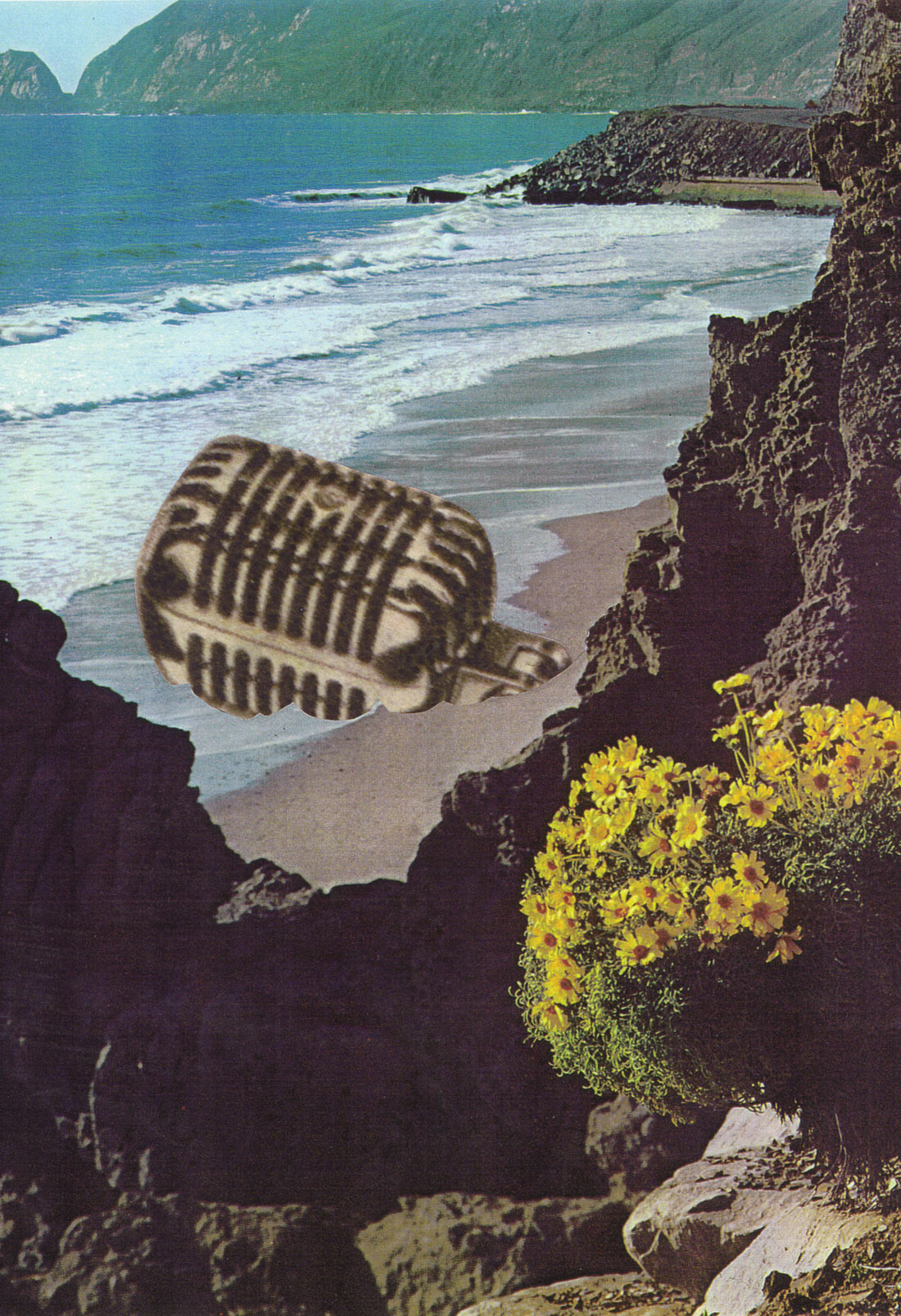This is a fantastic-sounding EQ. It's not a surgical tool, and given the density of knobs on the front of its real-estate- limited 500-series faceplate, setting the controls is not a precise affair. This is a processor that you use your ears to tweak. And when you do, you're rewarded with wonderfully- clear, musically-relevant sound-shaping capability.
The Q4 offers four bands of EQ: low shelf, low-mid, high- mid, and high shelf. While the two shelves (100 Hz and 10 kHz) have only gain knobs for control (+/-12 dB), the two mids offer gain (+/-12 dB), frequency (300 Hz-2.4 kHz and 1-8 kHz), and two-position Q (wide and narrow). There are no dial markings other than at the zero-position and end-stops, but the rubberized knobs are easy to turn, and the pots have a silky feel. An EQ In button allows bypassing the EQ circuitry (although it's not a hard bypass - more on this later). And speaking of circuitry, the Q4 is fully discrete - no ICs at all - as well as end-to-end Class A. No doubt, this contributes to the exemplary sonics of this EQ. As with everything made by Radial, construction is bulletproof throughout; you won't find a family of more solidly-constructed 500-series modules anywhere, regardless of price.
The Q4's shelves are first-order filters, with wide transition regions and maximum slopes of 6 dB per octave. At full cut or boost, both shelves exhibit a 1 dB deflection point near 700 Hz. This is in contrast to the typical "centering" of bass and treble controls at 1 kHz. Translation? Even at their extreme settings, both shelves impart a smooth and very musical shape to the sound. Our ears are "tuned" for recognizing the human voice, and because the acoustic energy of vowels (what you hear as the sustained notes in singing) is concentrated between 500 Hz and 1 kHz, the Q4's shelves can be used to augment that region (by attenuating around it) or de-emphasize it (by boosting around it). In other words, using the shelves on the various instruments in a mix, you can carve out some room for the vocal, or do the opposite by adding energy to a solo instrument so it stands out like a vocal. Similarly, you can shape a whole mix in a way that's very relevant to how your ears hear music. In fact, it's easy to go overboard because it's hard to make these shelves sound bad, especially because the Class A design results in more even-harmonic versus odd-harmonic distortion when pushed into saturation - "warm" and "sweet" (to use technical terms). The exception is boosting with the low shelf. Unless your signal has already been high-pass filtered, unintentional boosting of infrasonic frequencies by adding too much low shelf can quickly turn your music "farty" (to use another technical term).
The Q4's two mid bands are also very musical, and thankfully, they have a good deal of overlap so you can be creative by centering them nearby each other and playing with Q as you boost and cut. On the wide setting, I measured the Q to be 0.5, and on the narrow 3. Neither of the settings is suitable for audio surgery. You can't, for example, remove feedback spikes in a PA or the ring of a snare drum, without impacting the sound significantly. (Digital EQs and plug-ins are best for that kind of surgery.) But you can make a vocal sound telephone-like with a boost at 2 kHz, or change the relationship of an acoustic guitar's "body" and "bite" by manipulating the tone at 300 Hz and 3 kHz. You can also impart a very broad "tilt" that can do wonders to an electric guitar track (low-mid at 330 Hz, wide Q, gain turned down to 10 o'clock, low-shelf gain down to 8 o'clock, for example) giving it an extra "sheen" while it leaves plenty of room in the mix for drums, bass, and vocal. As with the shelves, it's hard to go wrong with the mid bands. And unless you purposely overload the circuitry, what you get out retains all the clarity of the original signal.
Before I end this review, there are three other points I should quickly cover. First, I was never able to "zero" the Q4's settings so that toggling the aforementioned EQ In button would result in no change of tone; when the Q4 is "in", you can hear it, even with its controls at zero. Second, the Q4 has neither an input nor an output level control; therefore, you do have to exercise care when gain-staging with your DAW or other outboard gear. And finally, when employed in Radial Engineering Workhorse frames [Tape Op #85, #92], which offer additional I/O to each housed module in the form of a TRS Omniport, the Q4 can be connected with a single TRS-to-TRS cable to the TRS insert point of a mixer.
Now that we're at the end of this review, I'm wondering if I kept the attention of everyone who started reading it - because let's face it, multiband EQs aren't that exciting. I've been to plenty of studios that have racks full of "mojo" pieces - vintage or vintage-inspired preamps, dynamics processors, and whatnot, with tubey, transformery, vibey characters. (I'll admit that I have plenty of these boxes too.) But it's rare to see a set of contemporary EQs in those racks. When I ask other engineers about EQ'ing, especially younger ones, they tend to talk about plug-ins and hardly ever mention hardware EQs. Perhaps I'm bucking the trend by being an advocate of the Q4. It's a great-sounding EQ that you can (and should) use with your ears, not your eyes. I currently have two in my rack, and whenever I patch them in, I find myself wishing for more.




_disp_horizontal_bw.jpg)